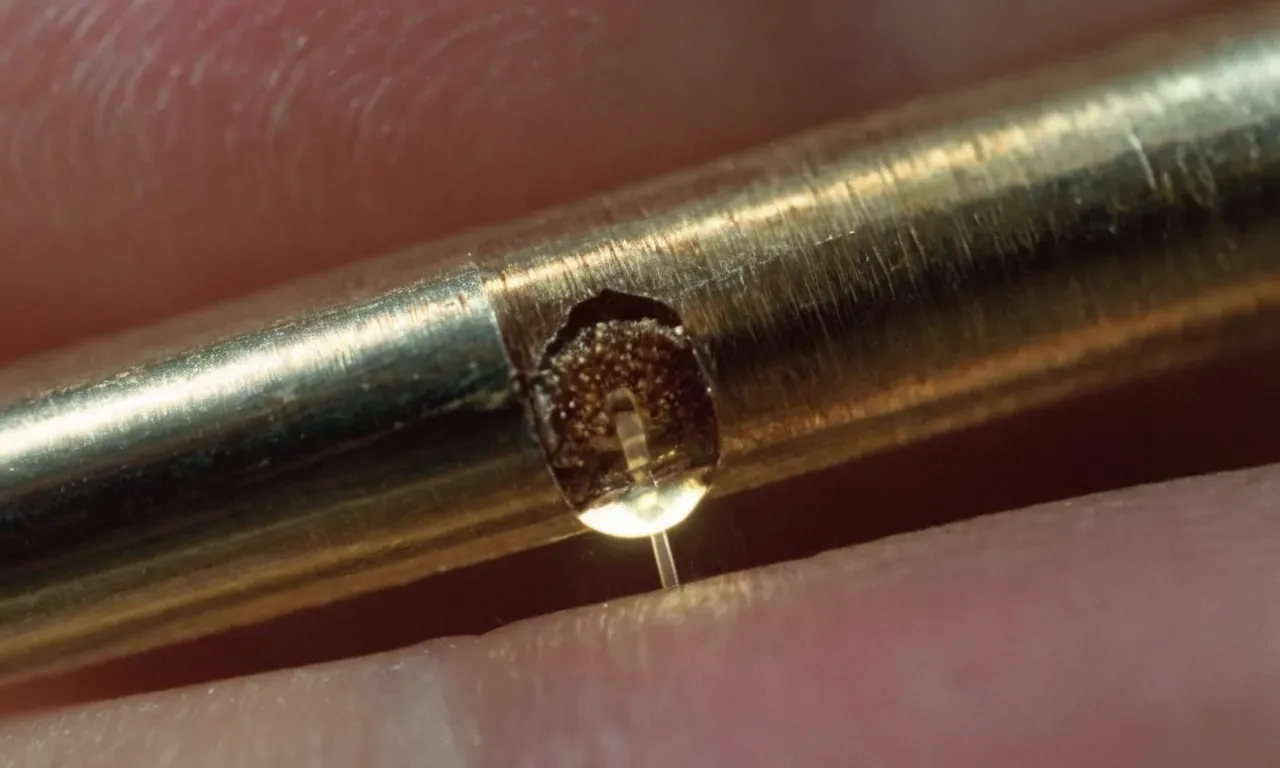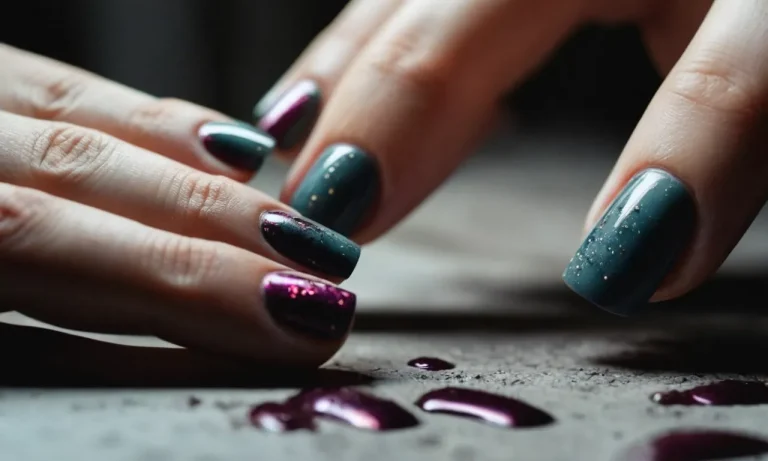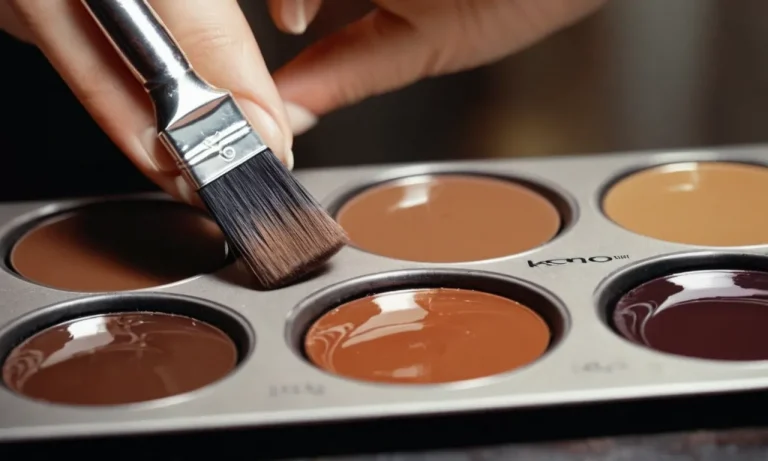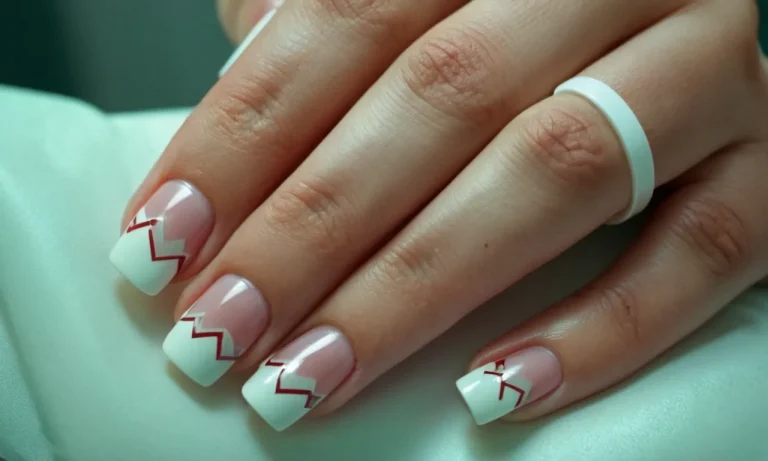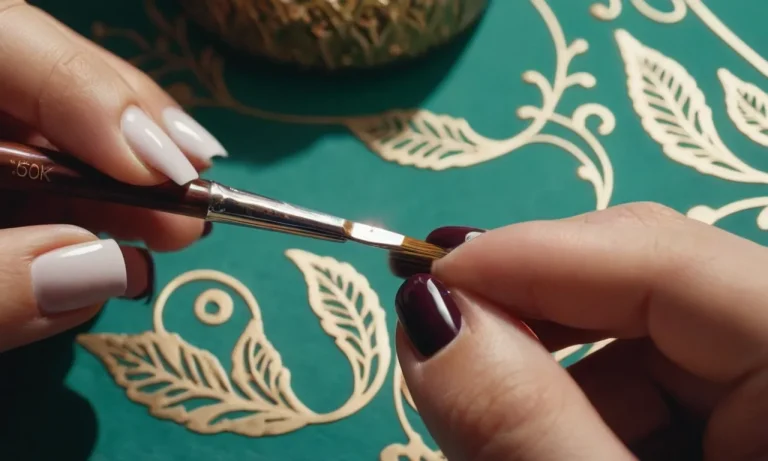Why Do I Have A Nail Growing Under My Nail?
Have you ever noticed a little nail growing under one of your regular fingernails or toenails? This condition, known medically as an onychauxis or accessory nail, can seem strange but is usually harmless.
In this comprehensive guide, we’ll explore what causes these extra nails to form, when you should see a doctor, and how to remove an accessory nail safely at home.
If you’re short on time, here’s a quick answer: Accessory nails under the normal nails are typically caused by trauma, injury, or infection. They are generally harmless, but should be removed to prevent ingrown nails or infection.
What Causes an Accessory Nail Under the Nail?
Minor trauma or injury
One of the most common causes of an accessory nail under the natural nail is minor trauma or injury to the nail bed. This can happen from acute injuries like jamming or hitting the fingertip, or chronic minor insults like manicures, biting nails, picking at cuticles, or friction from shoes or gloves.
When the nail bed gets damaged, it disrupts the normal growth pattern and causes a new nail structure to start forming. As the original nail continues growing out, the accessory nail may remain trapped underneath it.
This is essentially a benign condition, though it can cause pain if pressure builds up underneath the nail.
Infection
In some cases, an infection around or under the nail can also trigger an accessory nail to form. Infections happen when bacteria or fungi enter the skin around the nail. Common causes include hangnails, cutting cuticles too short, artificial nails, or spread from athlete’s foot.
As the body fights the infection, inflammation and swelling put pressure on the nail bed. This can shift nail cells out of place, starting growth of an extra nail structure alongside or underneath the original one. Treating the infection is key to stopping this abnormal growth.
Genetic predisposition
Research suggests that some people may be genetically predisposed to developing accessory nails. This seems to run in families, often appearing in multiple members across generations. Scientists think certain inherited differences in nail bed cells and their growth patterns may increase susceptibility.
However, genetics alone don’t directly cause extra nails. There needs to be some kind of trigger event like trauma or infection to knock nail growth off course. So while family history plays a role, it’s not necessarily definitive in predicting or preventing the condition.
According to a 2011 pediatric study, around 55% of surveyed patients with accessory nails had a family history of the condition.
When to See a Doctor About an Extra Nail
Signs of infection
An extra nail can sometimes lead to an infection, which is a concern. Signs of infection around an extra nail include:
- Redness
- Swelling
- Pus drainage
- Increased pain or throbbing
- Fever
If you notice any of these signs of infection, it’s important to see your doctor right away. Infections need antibiotic treatment and the doctor may also remove part or all of the nail to allow drainage and healing.
Interfering with normal nail
In some cases, an extra nail can push into the normal nail and distort its shape or growth. This can lead to pain, inflammation, and other problems. If an extra nail is causing changes to your normal nail:
- Causing ridges, grooves, or thickness
- Preventing normal nail growth
- Pushing the nail up from the nail bed
You should see your doctor to have the situation evaluated. They can determine if the extra nail needs to be removed to allow the normal nail to grow properly.
Causing ingrown nail
Ingrown toenails are a common problem and happen when the nail grows into the skin next to it, causing pain, redness, swelling, and infection.
If an extras nail is positioned in a way that causes chronic ingrown toenails that don’t respond to home treatment, it’s best to see your doctor.
They can remove part or all of the nail to completely fix the ingrown nail situation.
Unexplained nails in elderly
The appearance of new extra nails later in life can sometimes be a sign of an underlying health condition in the elderly, such as:
- Diabetes
- Poor circulation
- Kidney disease
- Medication side effects
- Skin cancer
If an elderly person develops unexplained extra nails, it’s a good idea to have their doctor evaluate the nails and check for any related health issues.
Removing an Accessory Nail at Home
Accessory nails, also known as extra or double nails, are a common nuisance that can happen to anyone. They form when the nail matrix produces an additional nail plate next to the normal one. While harmless, these extra nails can sometimes be painful if they become ingrown.
Luckily, you can take steps to remove an accessory nail safely from home.
Soaking in Warm Water
Before attempting to remove or trim an accessory nail, it’s important to soften the nail first. This helps avoid cracking or splitting the nail plate. Fill a small bowl with warm water and soak the affected finger for 10-15 minutes. The warm water will soften the nail and make it easier to manipulate.
Trimming Carefully
Once the nail has softened, you can begin trimming it. Use a small nail clipper or trimmer and gently trim down the accessory nail bit by bit. Take care not to trim too far down and risk cutting the skin or nail bed. Go slowly and carefully.
Trimming a little at a time helps maintain control over the shape and length of the nail.
Avoiding Cutting Skin
When trimming an accessory nail, it’s vital to avoid cutting the skin around it. This can lead to infection or ingrown nails later on. Here are some tips to avoid this:
- Soak in warm water first to soften skin and separate from nail
- Use cuticle sticks to gently push skin away from nail
- Trim across nail gently instead of down into skin
- Use nail clippers instead of scissors for better control
- Stop if you see blood and apply pressure with a clean tissue
Using Antibiotic Ointment
Once the accessory nail has been trimmed down, it’s a good idea to apply some antibiotic ointment. This helps prevent infection in the nail bed. Gently wipe the area with a clean tissue or cotton ball. Apply a thin layer of antibacterial ointment like Neosporin twice daily.
Keep the area clean and covered with a bandaid until fully healed.
In most cases, accessory nails can be safely managed at home. However, if the nail is severely ingrown or infected, it’s best to see a podiatrist. They can surgically remove the nail and prevent it from growing back.
For mild cases, take your time trimming, keep the area clean, and let your natural nail grow out healthy and strong.
Preventing Future Extra Nail Growth
Treating underlying causes
Extra nail growth can sometimes stem from underlying medical conditions. Therefore, treating any causes like diabetes or circulation problems is an essential step for prevention. If your extra nail is resulting from poor circulation, your physician may recommend physical activity, massage, compression socks, or nutrients designed to improve circulation.
For fungal infections under the nail, your doctor will likely prescribe antifungal medications like terbinafine or itraconazole to clear the infection and prevent future episodes. Properly treating these root causes can help get extra nail growth under control and prevent recurrences.
Wearing proper footwear
Ill-fitting shoes are a prime instigator of ingrown toenails. When your toe box is too tight, your toes jam into the front of the shoe, putting pressure on your nail beds. This direct pressure over time causes your nails to grow downward or sideways into your skin, creating your nail to grow inward or under itself.
To prevent this, wear footwear with a roomy, rounded toe box. There should be enough space for your toes to move freely without rubbing on the sides or tops of your shoes. Make sure your shoes are wide enough so there is no crowding or compression on your toes as you walk.
Cutting nails properly
Cutting your nails correctly is key for avoiding extra nail growth. Experts say to trim straight across, not rounded or curved. Use sharp nail clippers and trim nails so the tips are even with or just above the ends of your toes.
Occasionally trim the corners of your toenails to keep them from jutting painfully into your skin. File down any sharp edges after trimming. If your nails are too difficult to clip yourself, get regular professional pedicures to keep your nails well-groomed.
Moisturizing nails and cuticles
Keeping your toenails and cuticles adequately moisturized prevents painful cracking. Cracked nails and cuticles allow contaminants to enter and infections to begin. Infections can then lead to extra nail growth.
Apply a hydrating foot cream daily, focusing on moisturizing the nails and surrounding skin. Push back and trim jagged cuticles after showering when they are softened by the moisture and heat. These simple habits keep your nails smooth and cuticles healthy, stopping infectious substances from getting in.
Conclusion
In summary, accessory nails under the normal nails are often caused by minor trauma but can also arise from infection or genetic factors. They are generally harmless, but should be removed carefully at home to avoid more serious complications like ingrown nails.
See a doctor if the nail causes pain, swelling, or other signs of infection. With proper nail care and treatment of any underlying condition, you can prevent annoying extra nails from recurring.

